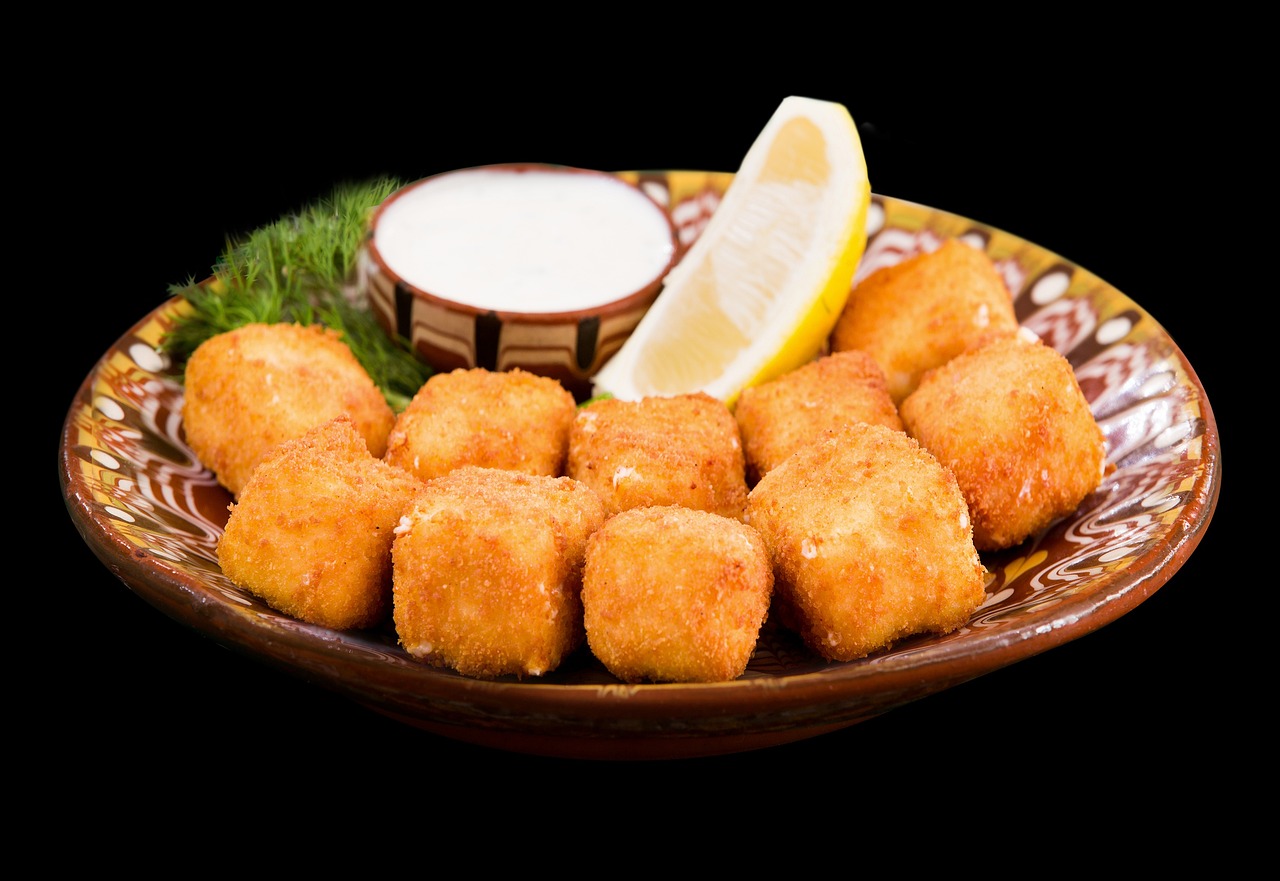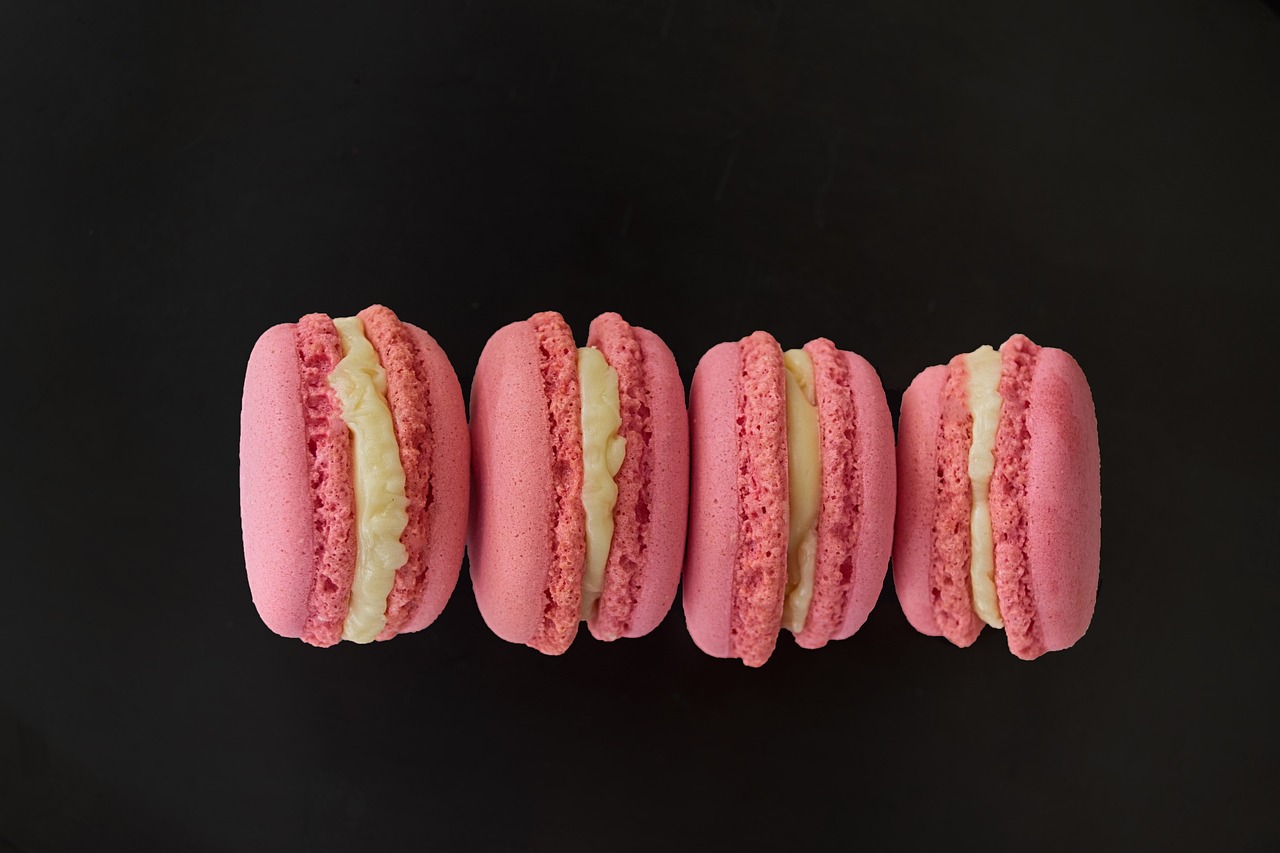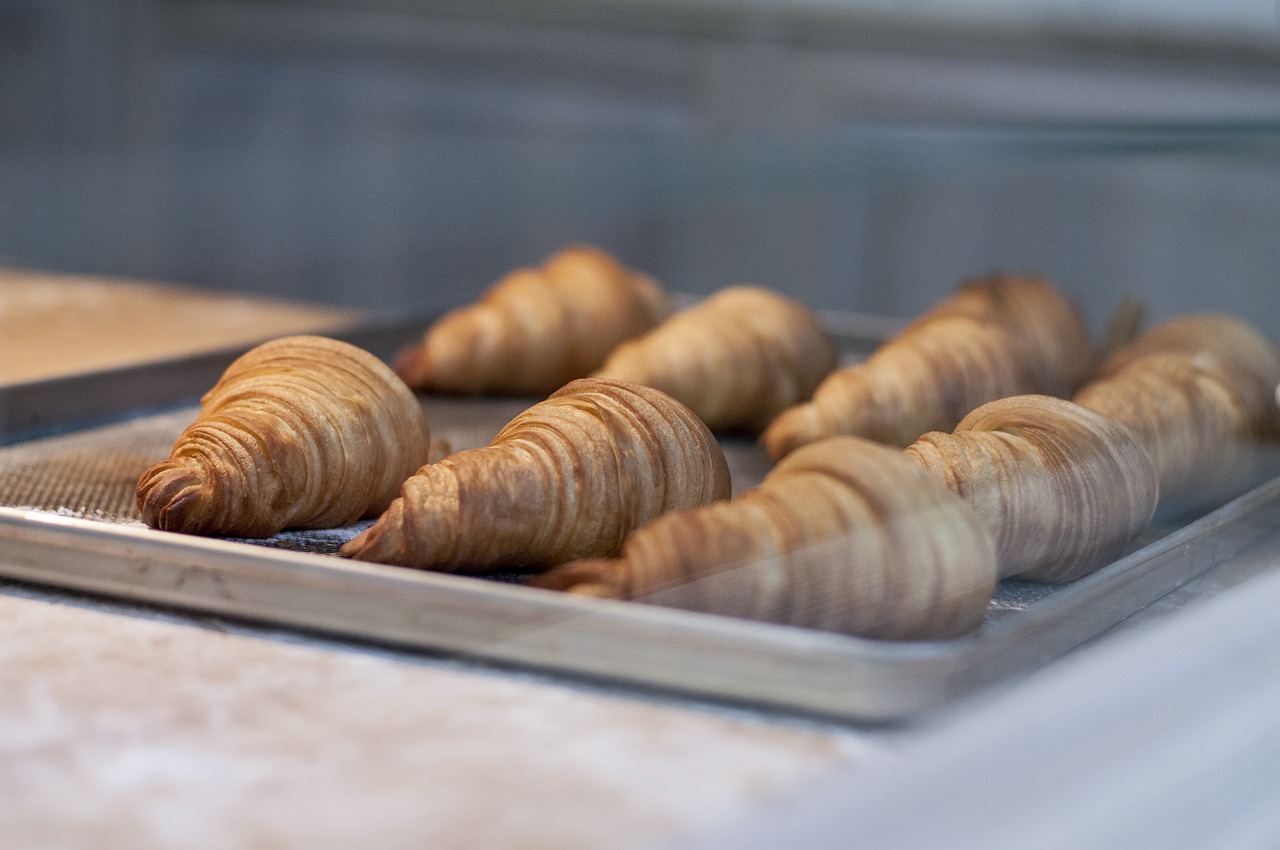French Fusion: Modern Twists on Classic French Dishes

French cuisine is renowned for its rich history and classic dishes that have stood the test of time. However, in recent years, chefs around the world have been infusing new life into traditional French recipes by adding a modern twist. This culinary trend, known as French fusion, combines the elegance of French cooking with innovative flavors and techniques from various global cuisines.
Imagine a dish like Coq au Vin, traditionally a French chicken stew cooked with red wine, mushrooms, and onions. Now, picture it infused with aromatic spices from India or the bold flavors of Mexican chilies. These modern twists on classic French dishes create a culinary explosion on the palate, surprising and delighting diners with unexpected combinations.
French fusion is not just about mixing random ingredients; it's a thoughtful process of integrating global flavors to enhance the traditional French experience. By incorporating ingredients like lemongrass, miso, or even yuzu into classic recipes, chefs are able to create a harmonious blend of tastes that elevate the dish to a whole new level.
One of the key aspects of French fusion is the creative plating and presentation of these revamped dishes. Chefs are not only focusing on taste but also on the visual appeal of the final creation. Picture a beautifully plated Ratatouille, the colorful vegetables arranged artistically on the plate, resembling a work of art. This attention to detail enhances the dining experience, making it a feast for both the eyes and the taste buds.
French fusion is a culinary journey that pushes boundaries and challenges traditional norms. It's about taking the familiar and infusing it with the unexpected, creating dishes that surprise and excite at every bite. So, the next time you sit down to enjoy a meal, be prepared for a delightful explosion of flavors and a modern twist on classic French dishes that will leave you craving for more.
Integration of Global Ingredients
When it comes to French cuisine, the integration of global ingredients has become a game-changer, revolutionizing the way traditional dishes are prepared and enjoyed. By incorporating a diverse range of ingredients from different corners of the world, chefs are able to infuse new layers of flavor and texture into classic French recipes, creating a harmonious fusion of cultures on the plate.
Imagine a traditional Coq au Vin enriched with the bold spices of North African cuisine or a Ratatouille elevated with the vibrant flavors of Asian herbs and spices. These innovative combinations not only add a unique twist to familiar dishes but also showcase the versatility and adaptability of French cooking.
One of the key benefits of integrating global ingredients into French dishes is the opportunity to experiment with contrasting flavors and textures, creating a sensory explosion that delights the taste buds. From the subtle sweetness of tropical fruits to the fiery kick of exotic spices, each ingredient brings its own distinct character to the dish, resulting in a culinary experience like no other.
Furthermore, the use of global ingredients allows chefs to cater to a diverse range of palates, offering a multicultural dining experience that appeals to a modern, cosmopolitan audience. Whether it's a fusion of Mediterranean and French flavors or a blend of Latin American and French influences, the integration of global ingredients opens up a world of possibilities for culinary creativity.
Revolutionizing Cooking Techniques
Revolutionizing Cooking Techniques involves a bold departure from traditional methods, embracing cutting-edge technologies and innovative approaches to culinary artistry. Picture this: a chef in a bustling kitchen, not just wielding a whisk and a spatula, but also harnessing the power of sous vide machines and molecular gastronomy tools. It's like bringing a rocket launcher to a sword fight - a game-changer in the world of French cuisine.
Imagine a classic Coq au Vin prepared not in a rustic pot over a slow flame, but meticulously cooked sous vide to perfection, ensuring every bite is tender and bursting with flavor. This modern twist on a beloved dish is akin to giving a timeless masterpiece a contemporary remix - familiar yet refreshingly new.
With the integration of precision temperature control and vacuum-sealing techniques, chefs are able to elevate traditional French sauces to unparalleled levels of richness and depth. It's like adding a turbocharger to a vintage car, enhancing performance without compromising authenticity.
Furthermore, the use of molecular gastronomy opens up a world of possibilities, allowing chefs to deconstruct and reconstruct classic dishes in ways previously unimaginable. Imagine a deconstructed Ratatouille served as a whimsical tower of individually prepared vegetables, each bursting with its own distinct flavor profile. It's like turning a traditional painting into a 3D masterpiece, adding layers of complexity and intrigue.
By revolutionizing cooking techniques, chefs are not just following recipes - they are rewriting them, infusing tradition with innovation to create culinary experiences that push boundaries and defy expectations. It's a culinary explosion that tantalizes the taste buds and sparks the imagination, inviting diners on a journey of discovery and delight.
Creative Plating and Presentation
When it comes to French Fusion cuisine, creative plating and presentation play a crucial role in enhancing the overall dining experience. Imagine a beautifully crafted dish that not only tantalizes your taste buds but also captivates your eyes, creating a feast for all your senses. Creative plating goes beyond just arranging food on a plate; it is an art form that transforms a meal into a visual masterpiece.
One of the key aspects of creative plating is the use of artistic techniques to showcase the dish in an aesthetically pleasing manner. Chefs often draw inspiration from various sources, such as nature, art, or even fashion, to create visually stunning presentations that are as delightful to look at as they are to eat. By playing with colors, textures, and shapes, chefs can elevate a classic French dish into a work of art.
Furthermore, the choice of serveware and table setting also plays a significant role in enhancing the presentation of a dish. From elegant porcelain plates to rustic wooden boards, the right choice of plating can complement the flavors and ingredients of the dish, adding an extra layer of sophistication to the dining experience. Additionally, the use of garnishes, edible flowers, and microgreens can add a pop of color and freshness to the plate, making it visually appealing.
Tablescaping, the art of setting a visually appealing table, also contributes to the overall presentation of a meal. By carefully arranging tableware, glassware, and decor elements, chefs can create a cohesive and inviting dining atmosphere that complements the creativity of the plated dishes. A well-set table not only enhances the visual appeal of the food but also sets the mood for a memorable dining experience.
Moreover, creative plating allows chefs to tell a story through their dishes, conveying the inspiration and passion behind each creation. By combining flavors, textures, and visual elements in innovative ways, chefs can evoke emotions and memories, creating a multi-sensory experience for diners. Each plate becomes a canvas for culinary expression, inviting guests to embark on a gastronomic journey that transcends mere sustenance.

 yazar
yazar 





